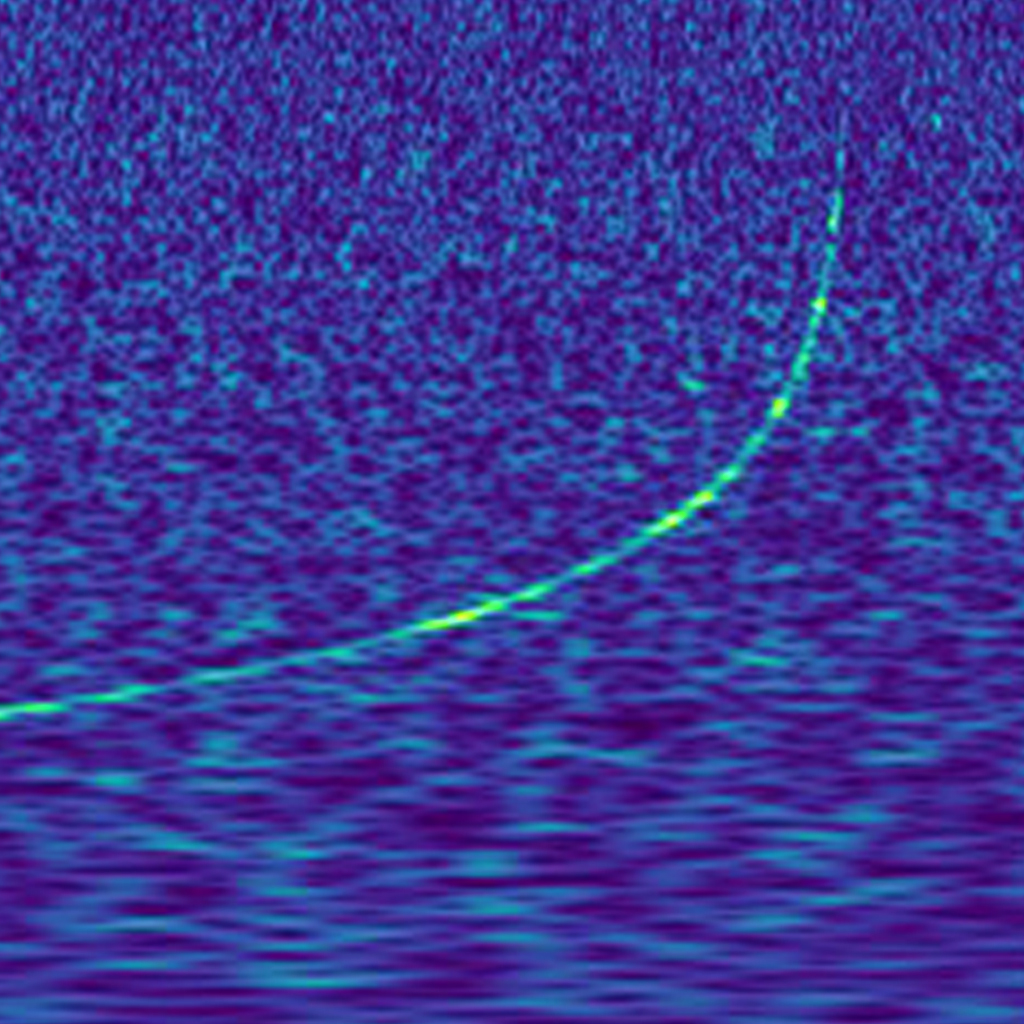Applications of machine learning in low-latency electromagnetic counterpart inference from gravitational waves
Presenter
November 29, 2021
Abstract
Recorded 29 November 2021. Deep Chatterjee, of the University of Illinois at Urbana-Champaign
National Center for Supercomputing Applications, presents "Applications of machine learning in low-latency electromagnetic counterpart inference from gravitational waves" at IPAM's Workshop IV: Big Data in Multi-Messenger Astrophysics.
Abstract: The panchromatic observations of the electromagnetic (EM) counterpart of the binary neutron star (BNS) merger, GW170817, marked the dawn of multi-messenger EMGW astronomy. But it remains the only success story, even after the LIGO/Virgo third observing run, which reported 56 GW discoveries publicly. This shows that while we may have reached an era of routine GW astronomy, the same for EMGW astronomy still awaits us. The first step is to develop low-latency data-products that aid the follow-up of interesting GW candidates. The low-latency nature of the problem, taking into account physically motivated models plus un-modeled or poorly understood sources of search biases makes the use of data-driven approaches and machine learning particularly suited for this problem. I will talk about such efforts using machine learning approaches both from the GW and EM standpoint for near real-time inference of EMGW counterparts.
Learn more online at: http://www.ipam.ucla.edu/programs/workshops/workshop-iv-big-data-in-multi-messenger-astrophysics/?tab=schedule
